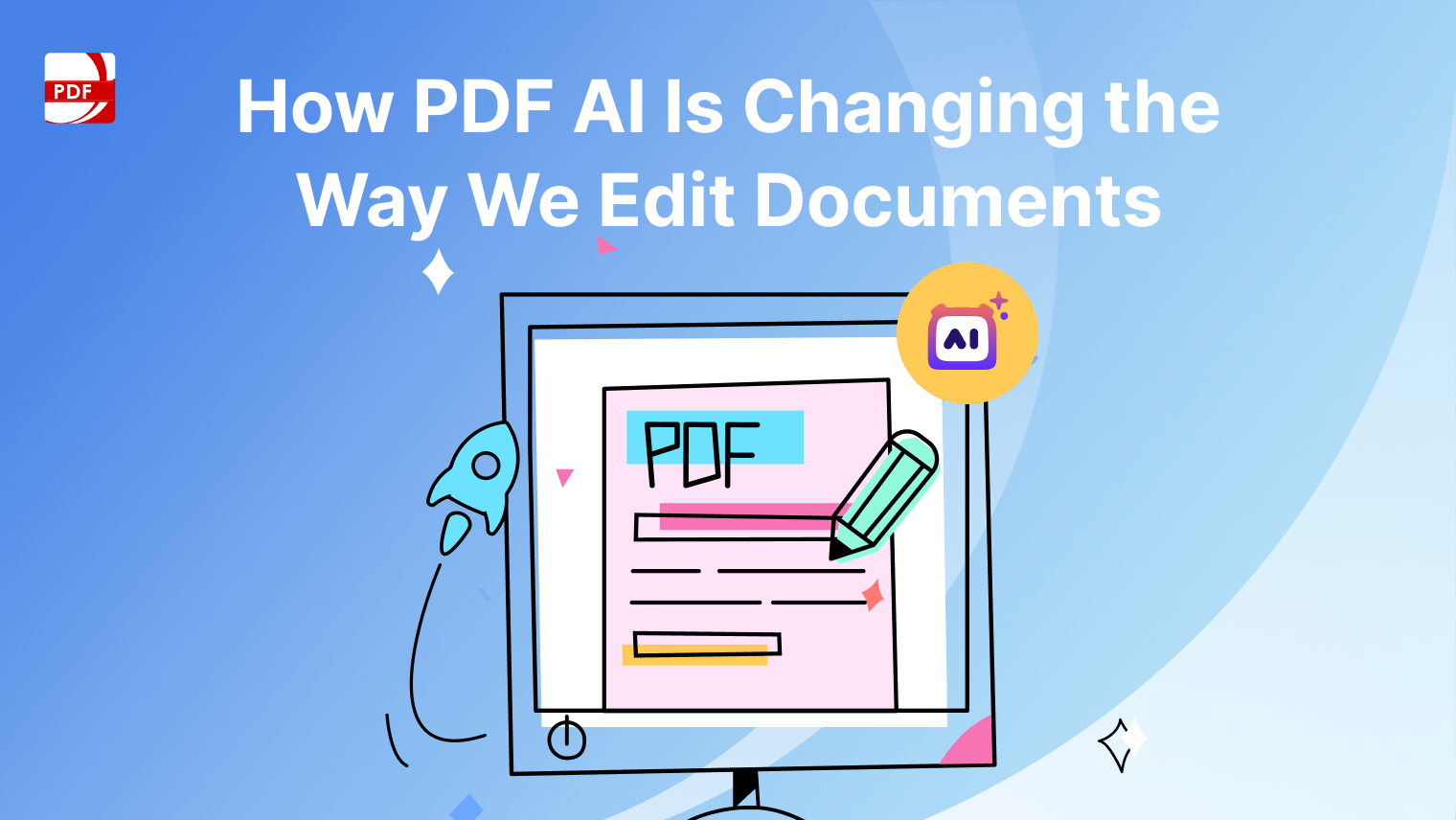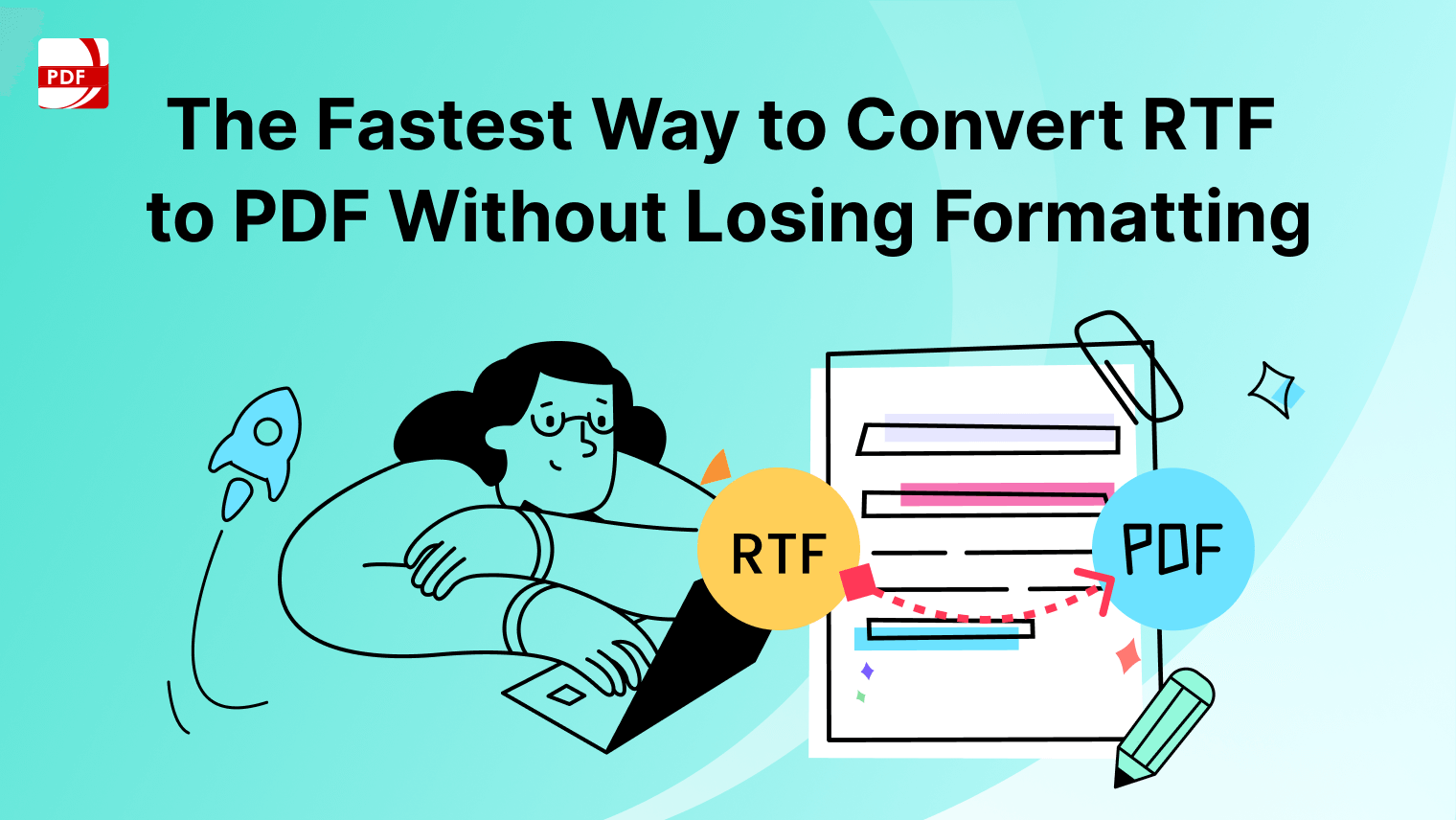Whether you’re working with another business, a freelancer, or a creative partner, a well-drafted collaboration contract can help ensure that everyone is on the same page.
The purpose of collaboration agreements is so that the partnership runs smoothly with the help of a legal document that binds the parties together.
Why You Need a Collaboration Agreement
Before diving into the specifics of creating a collaboration contract, it’s important to understand why this document is essential to a collaborative project.
- Clarifies Expectations
Defines the roles and responsibilities of each party, reducing the risk of misunderstandings.
- Protects Interests
Safeguards the intellectual property, financial investments, and other interests of all parties involved.
- Mitigates Risks
Outlines key terms and procedures for handling disputes, liabilities, and unforeseen circumstances.
- Ensures Commitment
Provides a binding contract to hold the parties to their agreed-upon obligations, enhancing accountability.
Creating a collaboration contract is a vital step in establishing a successful partnership for any commercial project.
Check out the best apps for document collaboration to streamline your team's workflow and improve efficiency.
How to Create a Collaboration Contract
Our team has put together some helpful steps to follow for creating a collaboration agreement so you can begin your intended commercial project.
Case Study Example
Two parties intend to enter into a partnership to start a fabric printing business. They each provide key skills and hold trade secrets that are crucial to the success of the venture.
1. Define the Purpose of the Collaboration
Start by clearly stating the purpose of the collaboration agreement before you begin to delve into notice periods and confidentiality clauses.
Objectives
The goals and expected outcomes of the collaboration. For example:
- To combine the artistic skills of Party A with the financial resources of Party B.
Scope of Work
A detailed description of the project, including the tasks/deliverables each party is responsible for.
2. Identify the Parties Involved
List all parties participating in the collaboration to make it a binding agreement. Include the following about the involved parties:
Full Legal Names
Ensure accuracy to avoid any legal ambiguities.
Contact Information
Provide addresses, phone numbers, and email addresses.
Roles and Titles
Specify the role of each party in the collaboration.
3. Outline Roles and Responsibilities
Clearly delineate the roles and responsibilities of each party in the partnership agreement. This is particularly important in a commercial contract.
Duties
Detail the specific tasks and duties assigned to each party.
Timelines
Set deadlines for the completion of tasks and deliverables.
Resources
Specify any resources or support each party will provide.
Check out how to effectively annotate a PDF for seamless collaboration with your team.
4. Set Terms and Conditions
Define the terms and conditions that will govern the collaboration. These are key elements for any business venture to make sure aspects like the financial terms are sound.
Duration
The start and end dates of the collaboration.
Payment Terms
Details of any financial arrangements, including payment schedules, amounts, and methods.
Confidentiality
Clauses to protect sensitive information and intellectual property.
5. Establish Intellectual Property Rights
Address ownership and usage rights for any intellectual property created. A collaborative venture results in an outcome based on an input which needs to be decided on before any work happens.
Ownership
Specify who will own the intellectual property created.
Usage Rights
Detail how each party can use the intellectual property, both during and after the collaboration.
Licensing
Include any licensing agreements if applicable.
Check out our step-by-step instructions on writing an effective contract acceptance letter.
6. Include Liability and Indemnity Clauses
Protect all parties by including liability and indemnity clauses. This ensures that your collaboration agreement is a binding document.
Liability
Limit each party’s liability in case of breach or failure to fulfill obligations.
Indemnity
Specify how parties will indemnify each other against claims or damages arising from the collaboration.
7. Outline Dispute Resolution
Prepare for potential disputes by outlining dispute resolution procedures. This works similarly to employment contracts in terms of contract termination.
Mediation
Engage a neutral third party to facilitate a resolution.
Arbitration
Agree to binding arbitration as an alternative to litigation.
Legal Action
As a last resort, outline the jurisdiction and venue for legal disputes.
8. Include Termination Clauses
Define the conditions under which the collaboration agreement can be terminated. This can include going against confidentiality provisions stated in the contract.
Breach of Contract
Specify what constitutes a breach and the steps for remediation.
Mutual Agreement
Allow for termination by mutual consent of all parties.
Force Majeure
Include provisions for unforeseen events that make the collaboration impossible.
9. Add Miscellaneous Provisions
Incorporate any additional provisions or potential risks that are relevant to your collaboration agreement.
Amendments
Outline the process for making changes to the collaborative agreement.
Notices
Specify how formal communications will be made.
Governing Law
Indicate which state or country’s laws will govern the contract (which could affect intellectual property rights).
Check out our detailed instructions on creating a digital signature for all your electronic documents.
10. Review and Sign
Before finalizing the collaboration agreement, make sure all the essential elements listed above have been included and get the signatures of each party.
Review Thoroughly
Ensure all terms are clear and comprehensive.
Seek Legal Advice
Consider consulting a lawyer to review the contract.
Signatures
Have all parties sign the contract, indicating their agreement to the terms.
Download the latest version of PDF Reader Pro so you can access the full power of the software to edit your business collaboration agreement.
By clearly defining roles, responsibilities, and expectations, and by including comprehensive terms and conditions, you can protect the interests of all parties involved.



